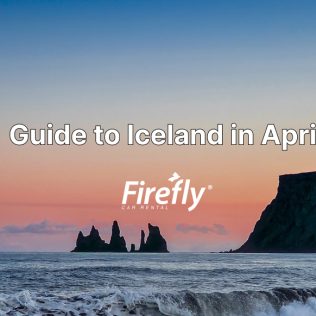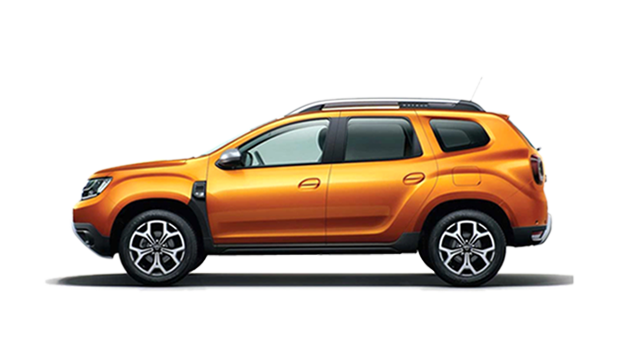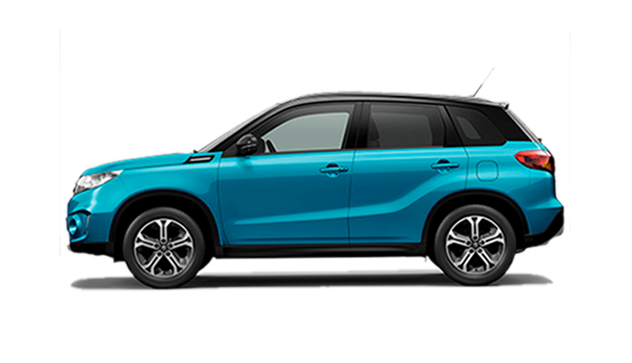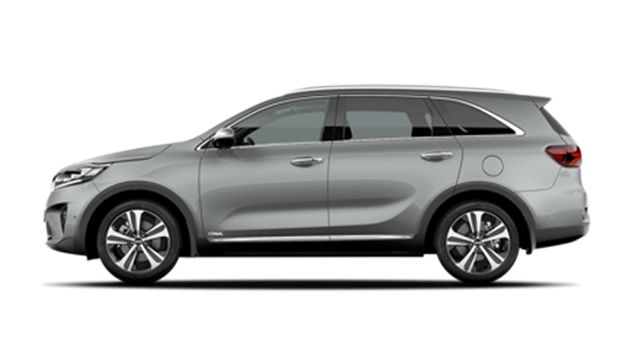Iceland in April sees the start of thawing temperatures and the first glimpses of warm weather – but it’s also your last chance to catch a glimpse of the northern lights until September! Here’s everything you need to know about Iceland’s weather in April and where to go if you rent a car.
What is the weather like in Iceland in April?
In April, Iceland starts to shake off its winter chill, it is a month between Iceland winter and summer, it is also the month where Iceland get its official ‘first day of summer’.
Temperature wise, In Reykjavik, the capital city, you can expect average temperature in iceland in april from high about 42°F (6°C) and lows around 33°F (1°C). While these temperatures might still sound chilly, they are a welcome relief from the colder winter months.
April brings an average snowfall of just 4 inches and about 2 inches of rain, significantly less than in winter. Moreover, the days get longer, offering up to 15 hours of daylight by the end of the month, which is great for sightseeing. If you’re heading to northern parts like Akureyri, the weather is similar, but do expect some regional differences.
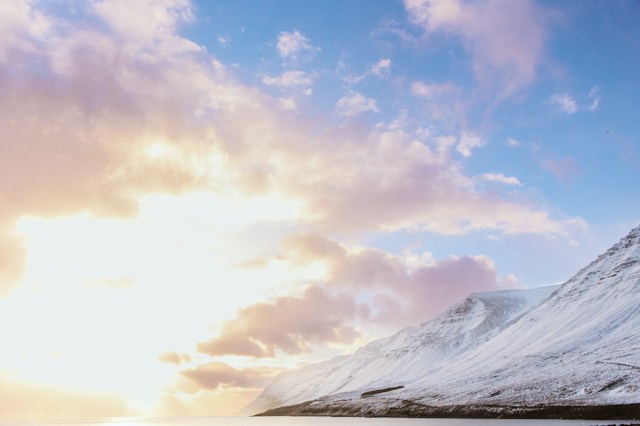
Can you see the northern lights in Iceland in April?
Yes! You can see the northern lights in Iceland in April. In fact, this is your last chance to see them until September or October.
Keep in mind that many northern lights tours cease operations around the middle of the month (April 15th). While a visit in April isn’t your best chance of seeing the aurora borealis dancing overhead, visiting in the first half of the month gives you a better opportunity.
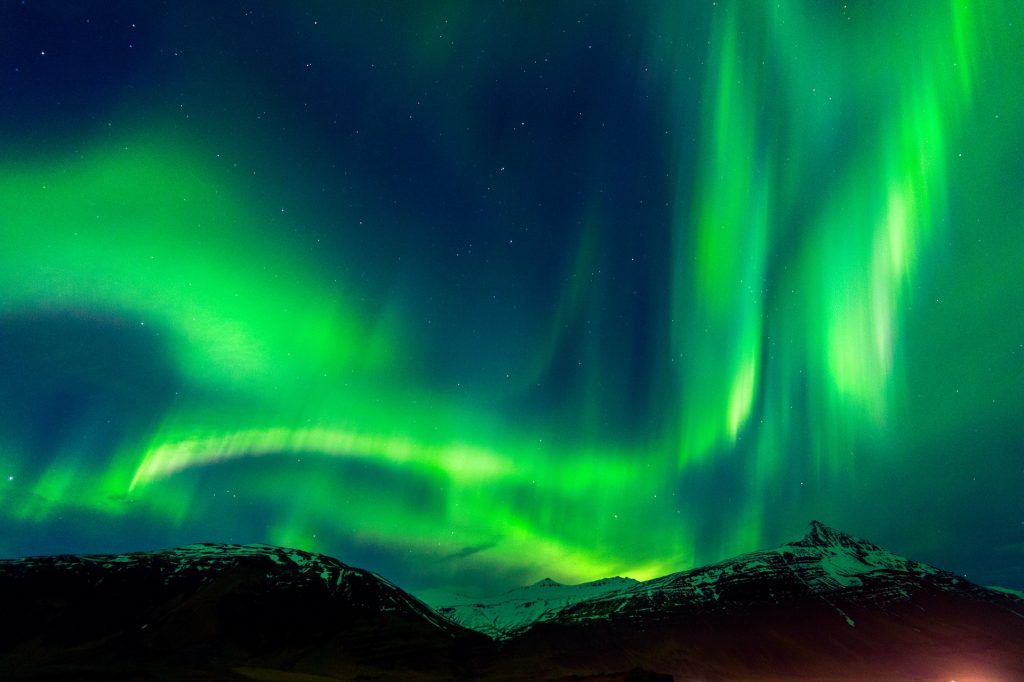
The road conditions of Iceland in April
April still sees plenty of pop-up snow storms, ice, and rain. We never said that the weather was better – just more mild! This can make driving difficult at times, although it won’t be as tricky as in months of heavy snowfall like January and February.
It’s important that those who chose to rent a car are familiar with driving in inclement weather (like snow and ice) if they decide to visit in April. Your visit to Iceland is not the time to learn how to drive in winter conditions. Renting a 4×4 vehicle is the best option for driving around Iceland in April.
Always check road conditions before heading out on your road trip through Iceland’s road official website, road.is.
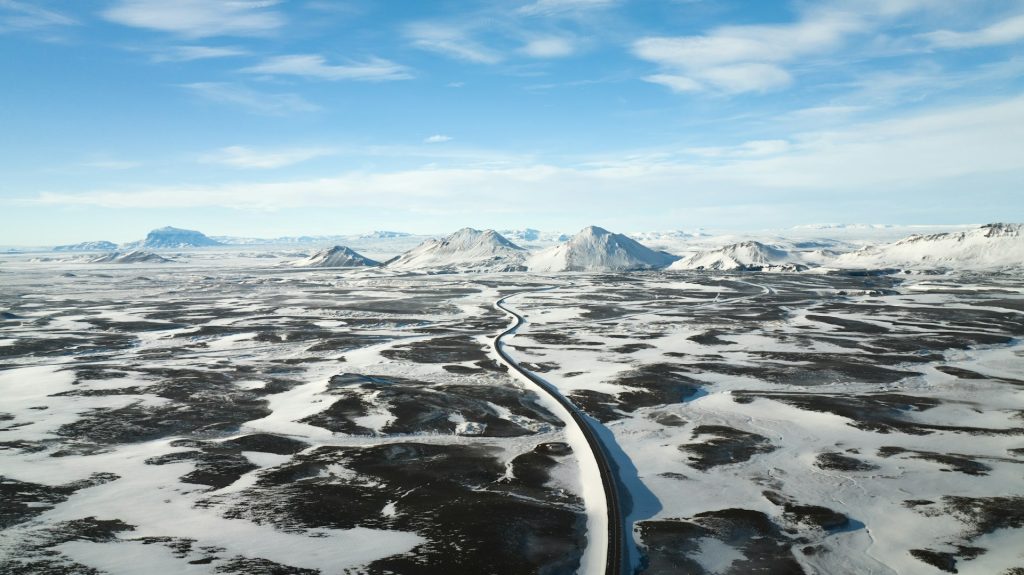
Driving in Iceland in April
Navigating Iceland’s roads in April requires a bit of preparation and awareness. The weather can change quickly, so it’s essential to be prepared for various conditions.
Make sure your rental car is equipped with necessary safety features like winter tires and always have a plan for inclement weather. Be particularly cautious of icy patches and snow on the roads, especially in shaded areas or over bridges.
Daylight hours increase significantly in April, providing more visibility for driving, but it’s still crucial to keep your headlights on at all times, as per Icelandic law.
Also, be mindful of wind speeds, as strong gusts can be challenging, especially in open areas or when driving larger vehicles. Finally, respect the speed limits and road signs to ensure a safe journey through Iceland’s stunning landscapes.
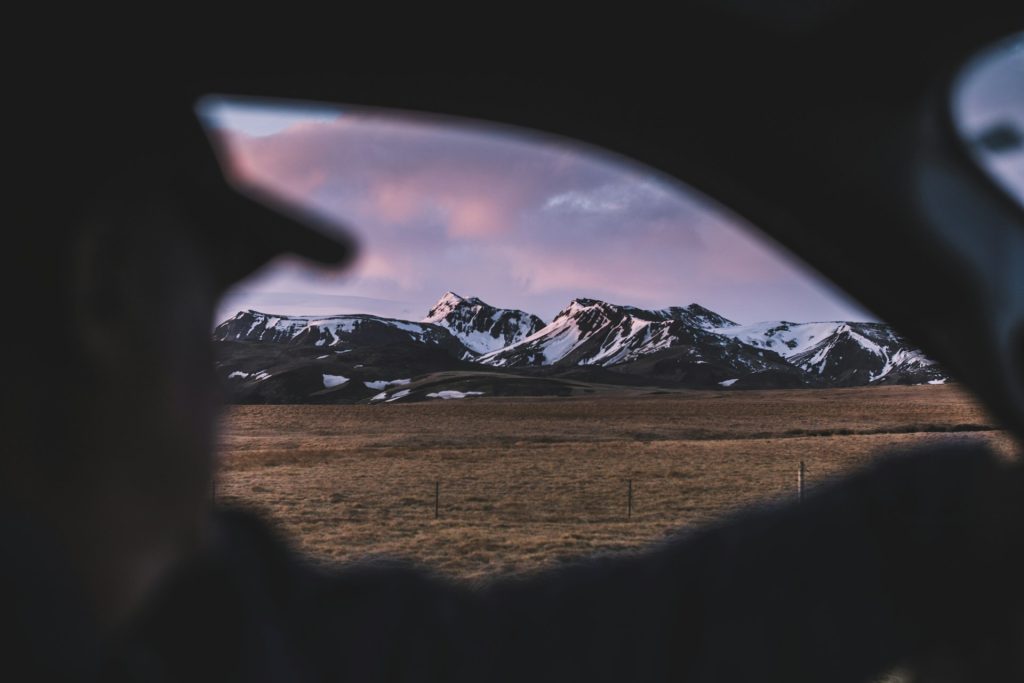
Is April/early April a Good time to visit Iceland?
Early April is a good time to explore the vibrant life of downtown Reykjavik, as the city transitions from the chilly embrace of winter to the milder, promising days leading to the summer months. This period is not just about witnessing the beauty of thawing landscapes, but also about immersing in the local culture.
Downtown Reykjavik, with its colorful streets, cozy cafes, and lively art scenes, offers a unique backdrop to celebrate the northern lights in Iceland in April.
As you stroll through the city in the evening, you can feel the excitement in the air – locals and visitors alike share stories of their aurora sightings, making every conversation a chance to share in the collective joy.
Whether it’s your first visit or a return trip, early April in Reykjavik provides a perfect blend of cultural richness and natural wonder, setting the stage for the delightful summer months ahead.
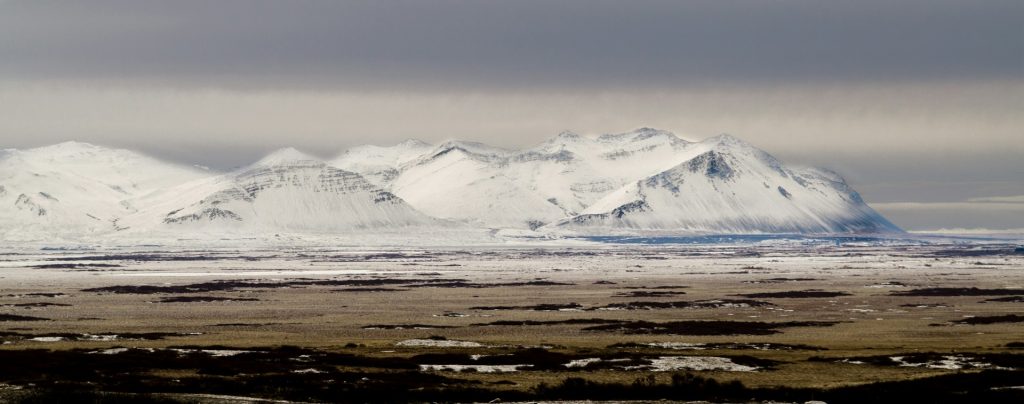
Celebrating the First Day of Summer in Iceland in April
In Iceland, the arrival of spring and the anticipation of summer are celebrated uniquely and vibrantly, especially after the long, dark winter months. April in Iceland isn’t just about the changing weather; it’s also about embracing traditions and welcoming the warmer days ahead.
The Arrival of Spring in Iceland
While in many parts of the world, spring officially starts on March 20th, in Iceland, it’s marked by the sighting of the first Golden Plover, known locally as ‘Lóa’. This bird, with its golden feathers and melodious call, is a sign that spring has sprung in Iceland. Its arrival is always a noteworthy event and is widely covered by the Icelandic media, typically occurring in late March.
The First Day of Summer – ‘Sumardagurinn fyrsti’
Icelanders have a unique way of heralding the start of summer. The First Day of Summer, or ‘Sumardagurinn fyrsti’, is celebrated on the first Thursday after April 18th.
This day is part of the Old Icelandic calendar, which divides the year into just two seasons: winter and summer. On this day, looking outside, you might not see what’s traditionally considered summer weather. It’s often still windy, rainy, and sometimes snowy, but that doesn’t dampen the festive spirit.
Local fairs and parades are common sights, with scouts often leading the processions, proudly carrying the Icelandic flag. This tradition dates back to the lunar month Harpa of the Old Icelandic calendar and has continued even after the adoption of the Julian calendar in A.D. 1000.
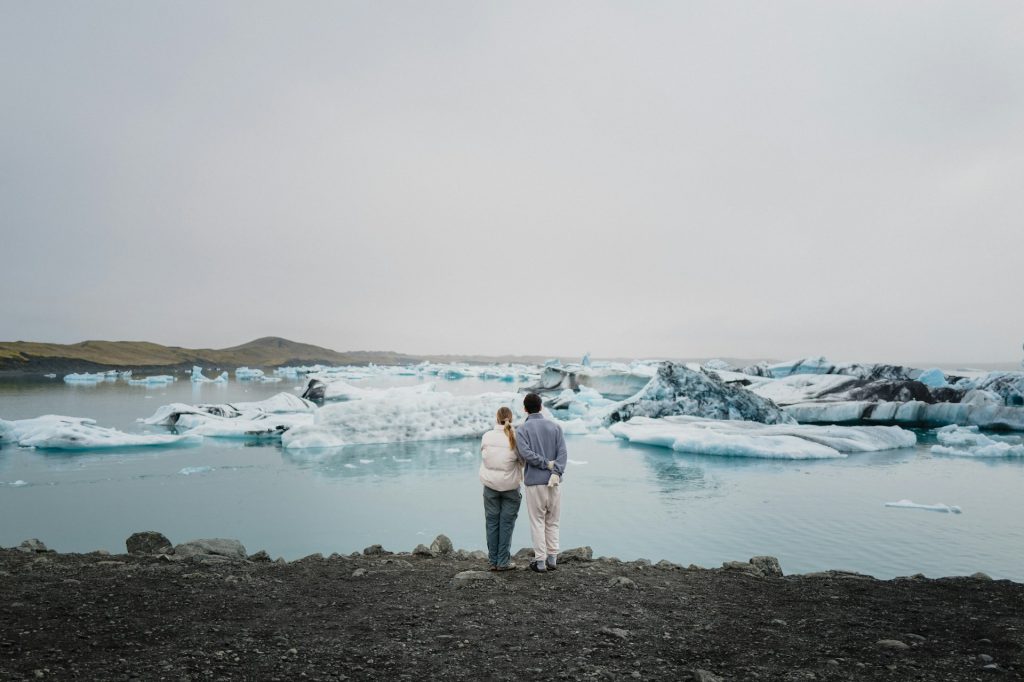
A Day of Optimism and Celebration
There’s an old belief in Iceland that if the night before the First Day of Summer is frosty, then the upcoming summer will be warm and sunny. This belief encapsulates the optimism with which Icelanders greet the changing seasons.
Historically, this day was marked by a mass until the mid-18th century when the practice was briefly banned. However, the celebration’s spirit lived on, eventually being embraced by youth clubs in the early 20th century and evolving into the nationwide festival it is today.
A Time for Giving Summer Presents
The First Day of Summer is also a time for giving gifts, a tradition that predates the concept of Christmas presents in Iceland. In the past, when winters were harsh and isolating for farmers, the arrival of summer symbolized freedom and connection. Back in the day, everyone would receive a gift, often something as simple and precious as bread, due to the scarcity of grain.
Today, the tradition has evolved, with children typically receiving gifts related to summer activities like bikes, balls, and outdoor toys. These gifts are a nod to the past and a celebration of the outdoor adventures that the coming months promise.
Joining the Celebration
If you find yourself in Iceland in mid-April, wrap up warm and join in the celebrations. Whether it’s attending a parade or participating in the gift-giving tradition, experiencing the First Day of Summer in Iceland is a unique way to connect with Icelandic culture and history.
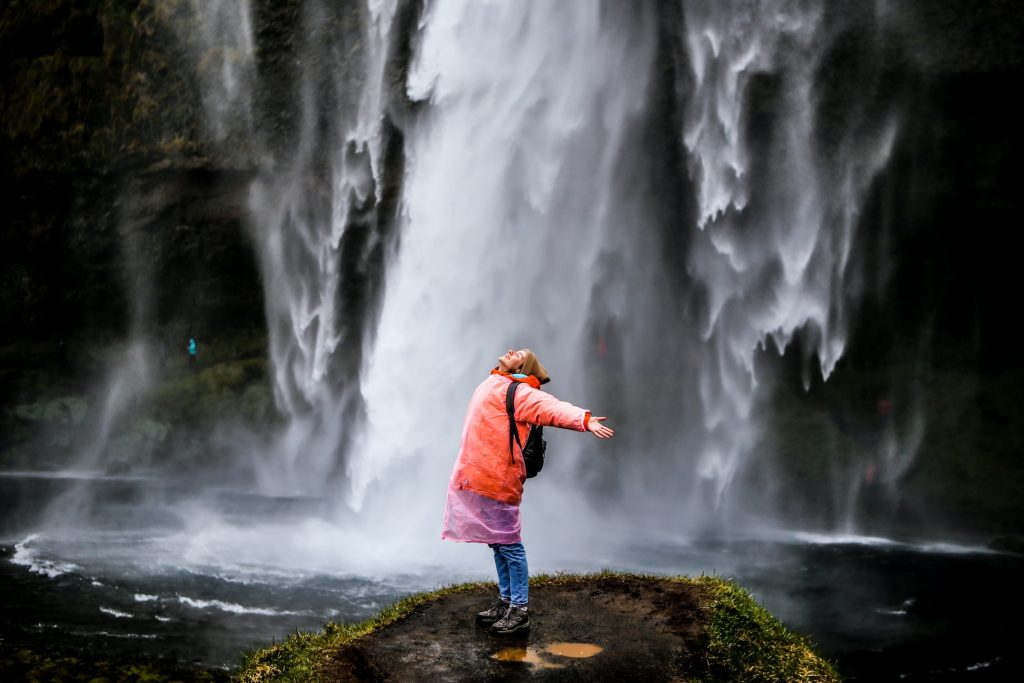
Best Things to do in Iceland in April
April is a wonderful time to visit Iceland! The northern lights are still making an appearance, whales are starting to appear in Icelandic waters again, prices are extremely reasonable, and temperatures aren’t as freezing as the dead of winter. In fact, April might be one of the best months to visit the Land of Fire and Ice! Here are the best things to do in Iceland in April.
Traveling to see the northern lights in iceland in april
April in Iceland presents a unique opportunity to witness one of nature’s most spectacular displays – the northern lights, or aurora borealis. As the days grow longer and the nights shorter, April stands as the final month to view this mesmerizing light show before it takes a hiatus until autumn.
Why April is Special for Northern Lights
The northern lights are a result of solar particles colliding with the Earth’s atmosphere, creating a dance of lights across the sky. During April, the balance between enough darkness and increasing solar activity makes it an ideal time to catch this natural wonder. The skies are often clear, and the weather is more stable than in the deep winter months, providing excellent viewing conditions.
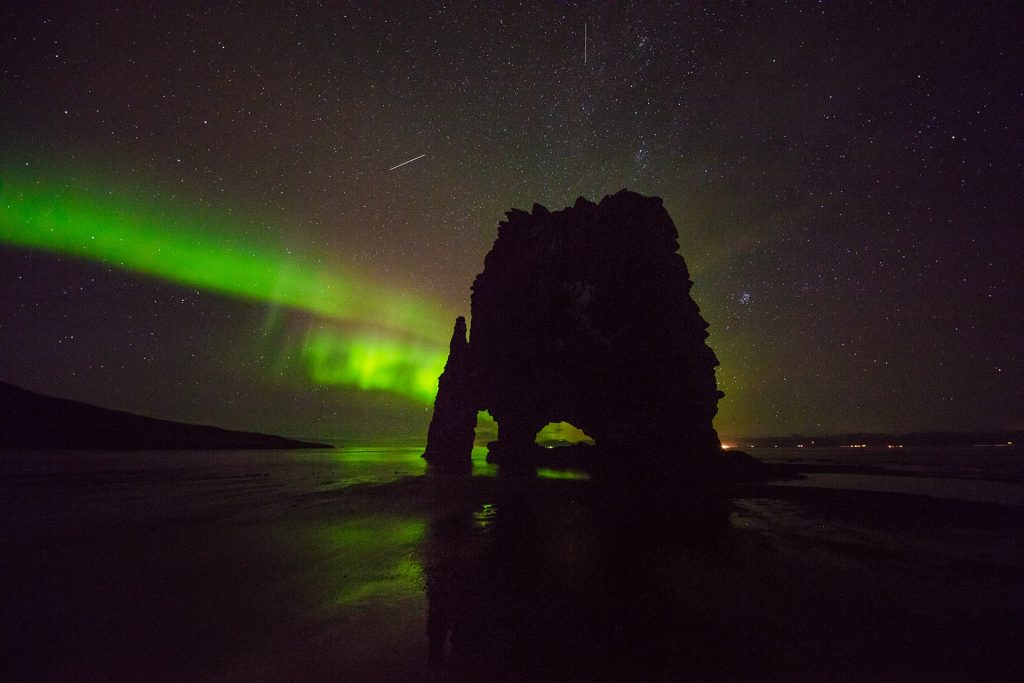
Guided Tours for a good Experience
For the best experience, consider joining a guided northern lights tour. These tours are led by experts who know the best spots and times to witness the auroras. They can take you away from the light pollution of cities to areas where the lights are more vivid and clear.
Self-Drive Adventures
If you prefer a more personal adventure, renting a car and driving to quieter areas can be equally rewarding. Destinations like Thingvellir National Park, or the areas around Vik and Jokulsarlon in the south, are known for their dark skies and stunning backdrops, perfect for aurora viewing. Remember to check the aurora forecast and weather conditions before heading out.
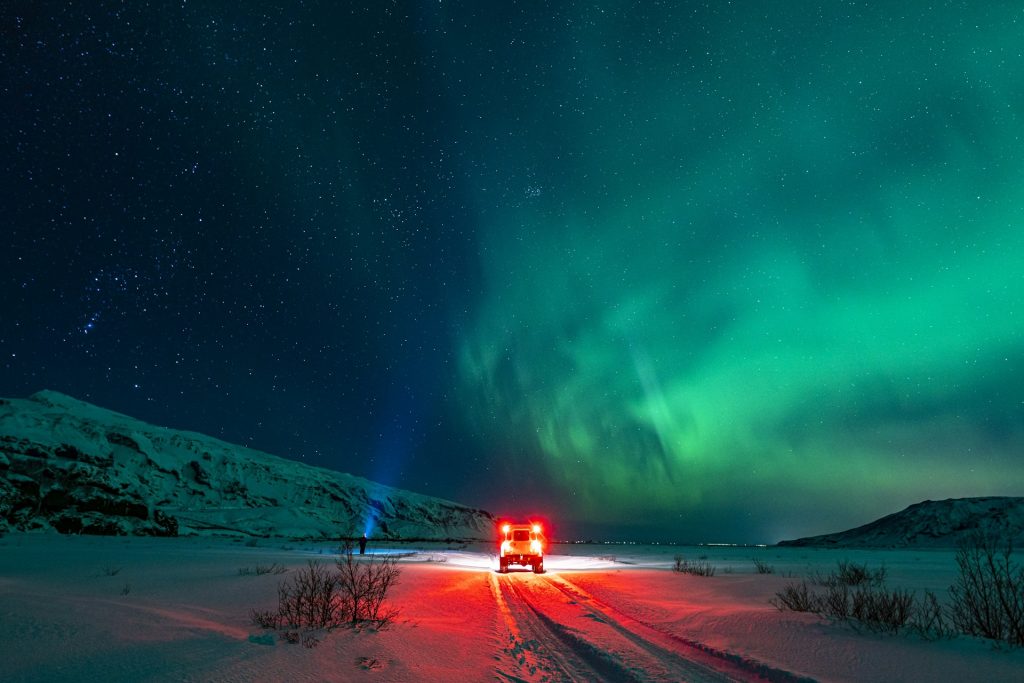
The Magic of Watching from a Hot Spring
Imagine soaking in a naturally heated hot spring, under the starry sky, as the northern lights dance above you. This is possible in several geothermal areas across Iceland. Places like the Secret Lagoon in Fludir or the geothermal hot river in Reykjadalur offer a magical setting to experience the auroras while relaxing in warm, comforting waters.
Photographing the Northern Lights
For photography enthusiasts, capturing the northern lights can be a thrilling challenge. Bring a tripod and use a camera that allows manual settings to adjust for long exposures. Capturing the lights as they swirl above Iceland’s dramatic landscapes can result in once-in-a-lifetime photographs.
2. Whale Watching
April is one of the first months for whale watching in most of Iceland. Both humpback whales and minke whales begin to migrate back into the cool waters off the coast in search of food. Hop on a whale watching tour from Reykjavik, Akureyri, Husavik, or Olafsvik to see these gentle giants in their natural habitat.
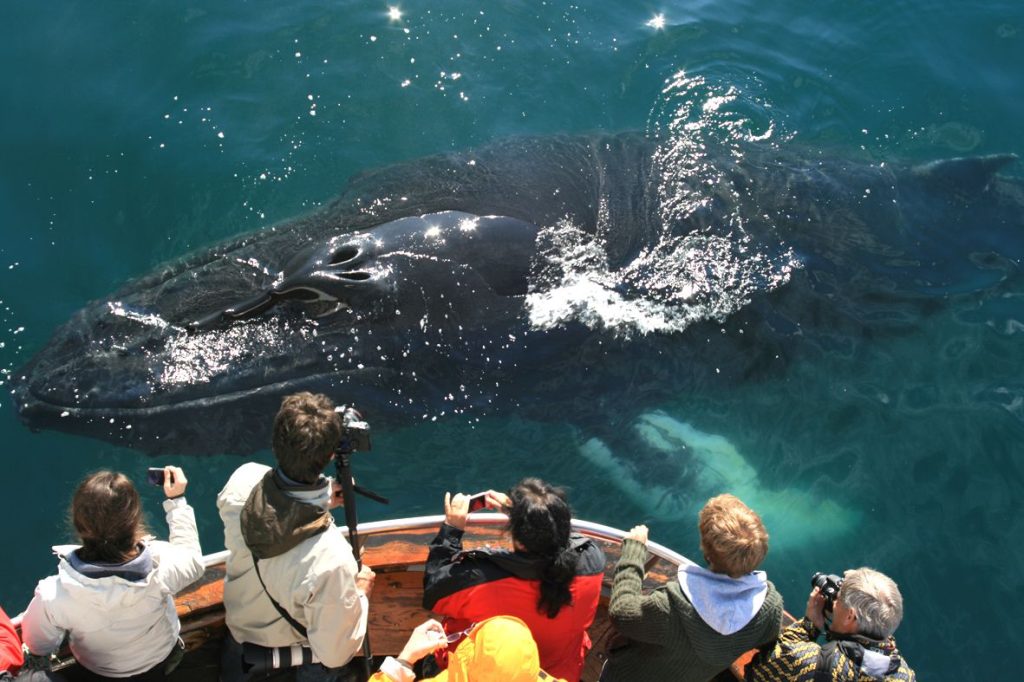
3. Road Tripping the Ring Road
April is one of the cheapest months to rent a car in Iceland. This is technically the off-season and visitors who visit during this time of year certainly reap the benefits money-wise. One of the best ways to see Iceland’s plentiful natural beauty is by road tripping the Ring Road, Iceland’s highway that circumnavigates the island in a large loop.
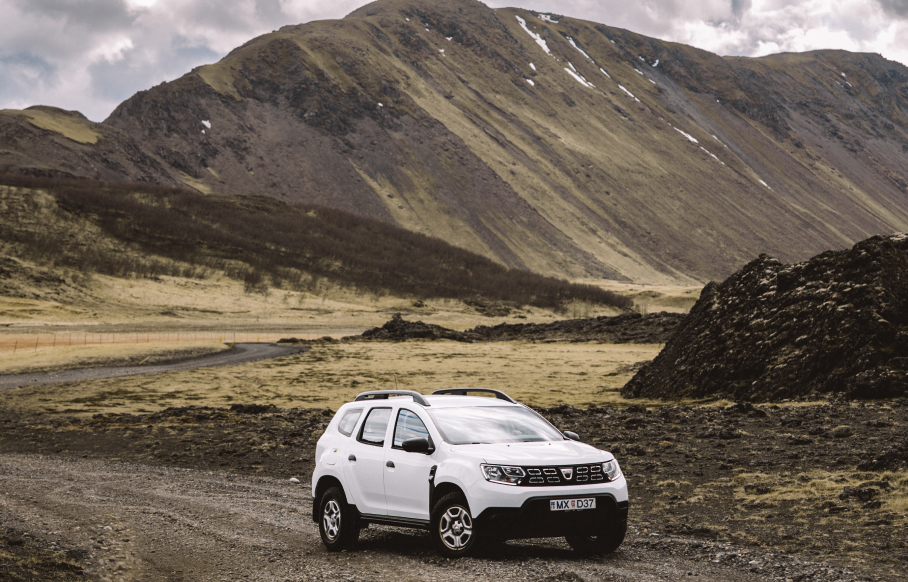
4.Explore the South Coast and Black Sand Beaches
The South Coast of Iceland is home to some of the most breathtaking landscapes, including the famous black sand beaches like Reynisfjara near Vik. In April, the milder weather is perfect for exploring these unique beaches, where the striking black sands contrast with the white snow remnants and the powerful Atlantic waves. Be sure to also visit nearby attractions like the Seljalandsfoss and Skogafoss waterfalls, which are often less crowded at this time of year.
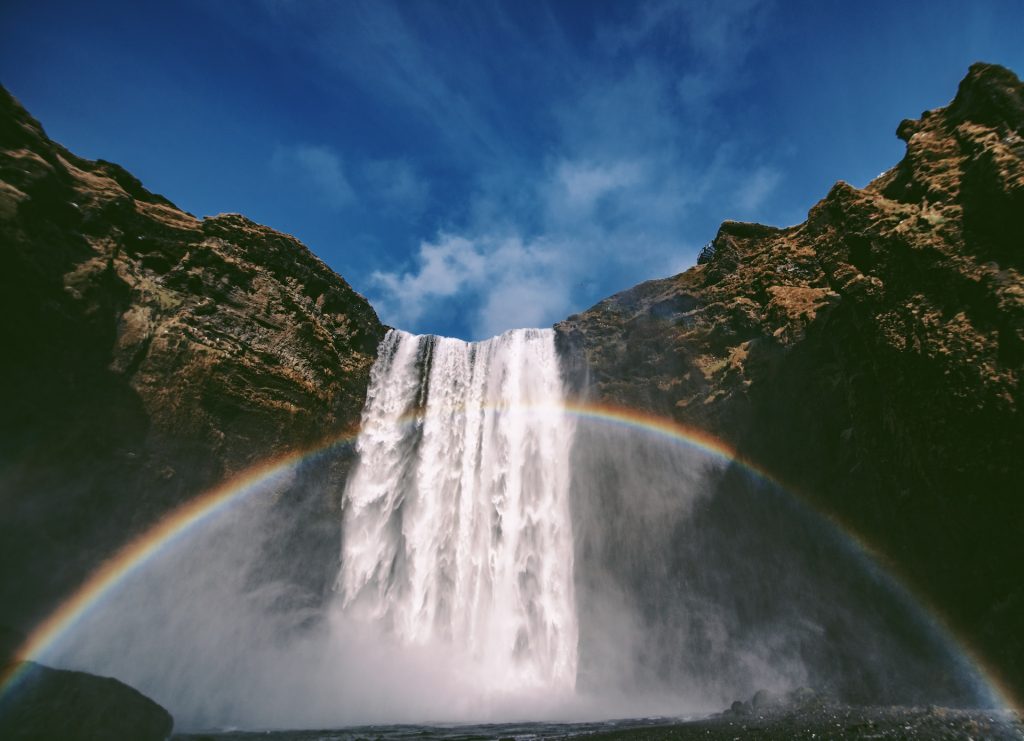
5.Visit Hot Springs and Geothermal Pools
April’s cooler temperatures are ideal for relaxing in Iceland’s natural hot springs and geothermal pools. The famous Blue Lagoon is a must-visit, but also consider lesser-known spots like the Secret Lagoon or geothermal pools in the Reykjadalur Valley.
6.Hiking and Outdoor Adventures
As the snow begins to melt, hiking trails become more accessible. April is a great time to explore Iceland’s natural beauty on foot, with trails offering views of mountains, waterfalls, and volcanic landscapes. Just be sure to check trail conditions and weather forecasts before setting out.
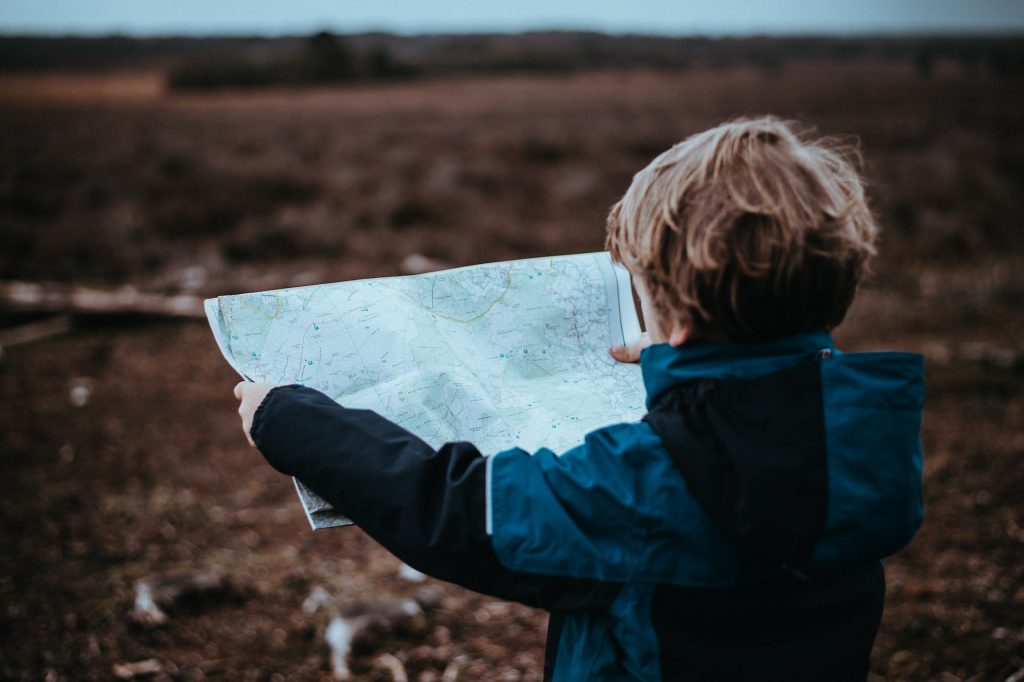
Travel Iceland in April
Be warned that April can still bring surprise snow and ice and renting a car during this time isn’t suggested for those who have never driven in winter weather conditions previously.
Visiting Iceland in April is a wonderful time full of northern lights, whale watching, warmer temperatures, and cheap prices.
Book your rental car through Firefly Iceland Car Rentals for the best prices and get started on your adventure through the Land of Fire and Ice!
